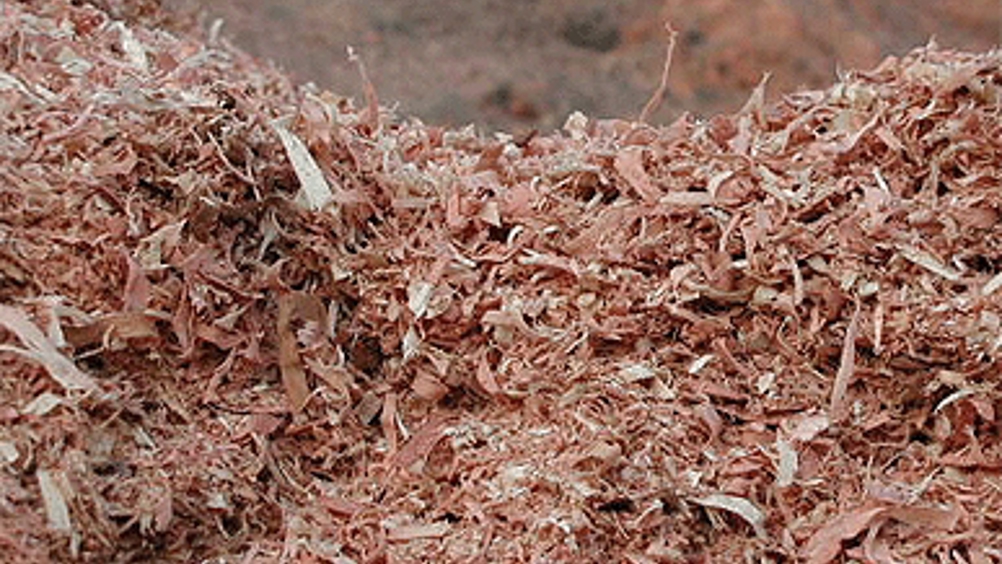Researchers develop composite kitchen framework material
Researchers at VTT Technical Research Centre of Finland have developed a kitchen furniture framework material from plastic polymers reinforced with natural fibre.

It is claimed that the new material, a possible alternative to chipboard, reduces raw material consumption by 25–30 per cent and the carbon footprint of production by 35–45 per cent.
In a statement, VTT’s research professor, Ali Harlin, said: ‘The frames are lighter by nearly a third because they contain more air. Wastage during production is also reduced. This is a generational shift that revolutionises both manufacturing techniques and design.’
According to Harlin, the framework for the kitchen of the future will be compression moulded or extruded. The result is a component of exact dimensions, which does not need to be cut or drilled after production.
The natural fibre reinforcement in biocomposites can be sawdust, pulp, flax, hemp or peat. The new material is also claimed to be significantly stronger than chipboard and has excellent moisture resistance.
VTT has developed this new material in co-operation with Finnish kitchen fitments maker Puustelli.
Harlin believes that furniture companies will be attracted to the new production technique because it will enable them to save on production and transport costs. Furthermore, Harlin said that investments in new machinery will pay for themselves in a few years.
Register now to continue reading
Thanks for visiting The Engineer. You’ve now reached your monthly limit of news stories. Register for free to unlock unlimited access to all of our news coverage, as well as premium content including opinion, in-depth features and special reports.
Benefits of registering
-
In-depth insights and coverage of key emerging trends
-
Unrestricted access to special reports throughout the year
-
Daily technology news delivered straight to your inbox










Fusion inches closer as ITER completes magnet system
I believe the purpose of ITER isn't to make usable power, it is a research project which will be used to design the first generation of actual...